Rainwater Harvesting Traditional and Contemporary
Rainwater harvesting is one of the simplest and oldest methods of self-supply of water which been used in South Asia and other countries for many thousands of years. Now a days, scarcity of good quality water has become a significant cause of concern.
The Rainwater Harvesting System is one of the best methods practised and followed to support the conservation of water. It is collection and storage of rain, rather than allowing it to run off. Rainwater, which is pure in form and of good quality, can be used for watering gardens, washing, cleaning, bathing, cooking, livestock, irrigation, and domestic uses.
Traditional methods of Rainwater Harvesting
1.Khadin(Rajasthan)
A Khadin is an ingenious construction designed to harvest surface runoff water for agriculture. It is also called a dhora. The khadin system is based on the principle of harvesting rainwater on farmland and subsequent use of this water-saturated land for crop production.
It is First designed by in western Rajasthan in the 15th century, its main feature is a very long (100-300 m) earthen embankment built across the lower hill slopes lying below gravelly uplands.
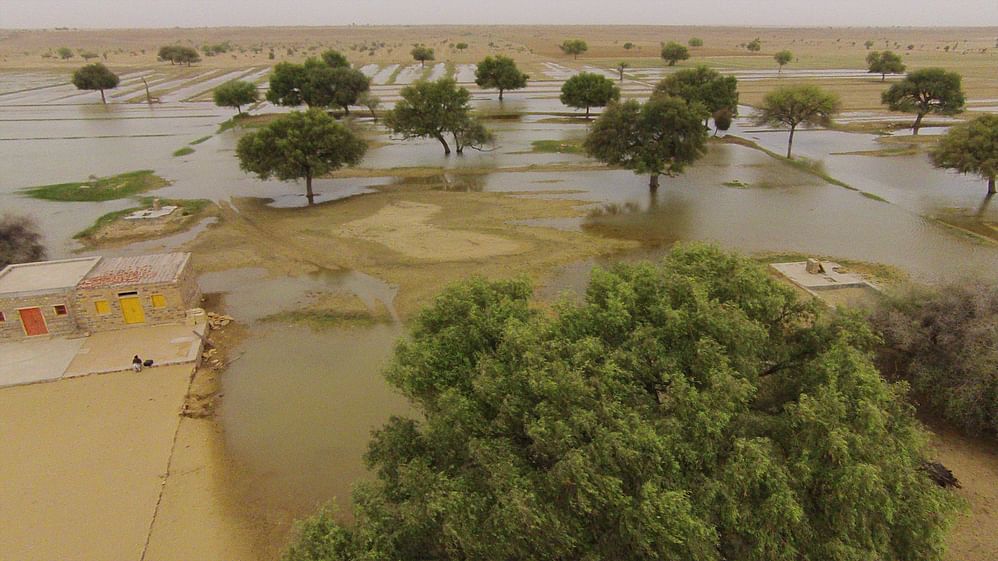
2. Kund (Rajasthan and Gujarat)
A Kund is a saucer-shaped catchment area that gently slope towards the central circular underground well. Its main purpose is to harvest rainwater for drinking. Kunds dot the sandier tracts of western Rajasthan and Gujarat. Traditionally, these well-pits were covered in disinfectant lime and ash.
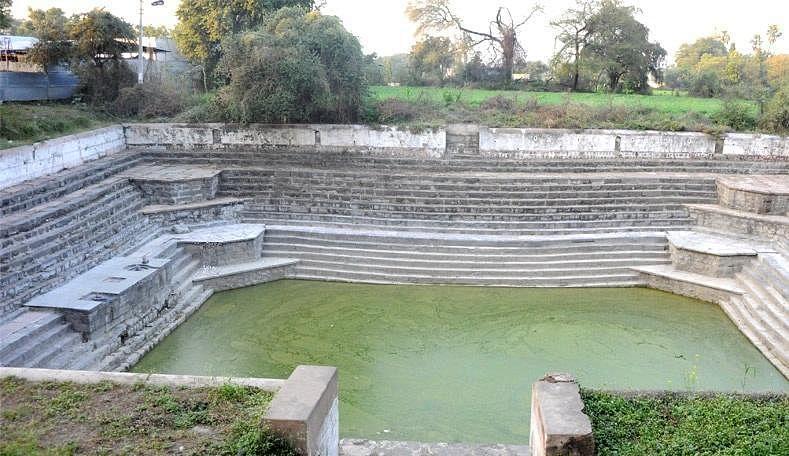
3. Taanka
Taanka (small tank) is a traditional rainwater harvesting technique indigenous to the Thar desert region of Rajasthan (Bikaner). A Taanka is a cylindrical paved underground pit into which rainwater from rooftops, courtyards or artificially prepared catchments flows. Once the taanka is completely filled, the water stored in it can last throughout the dry season and is sufficient for a family of 5-6 members for drinking. In this way, the people of Bikaner were able to meet their water requirements.
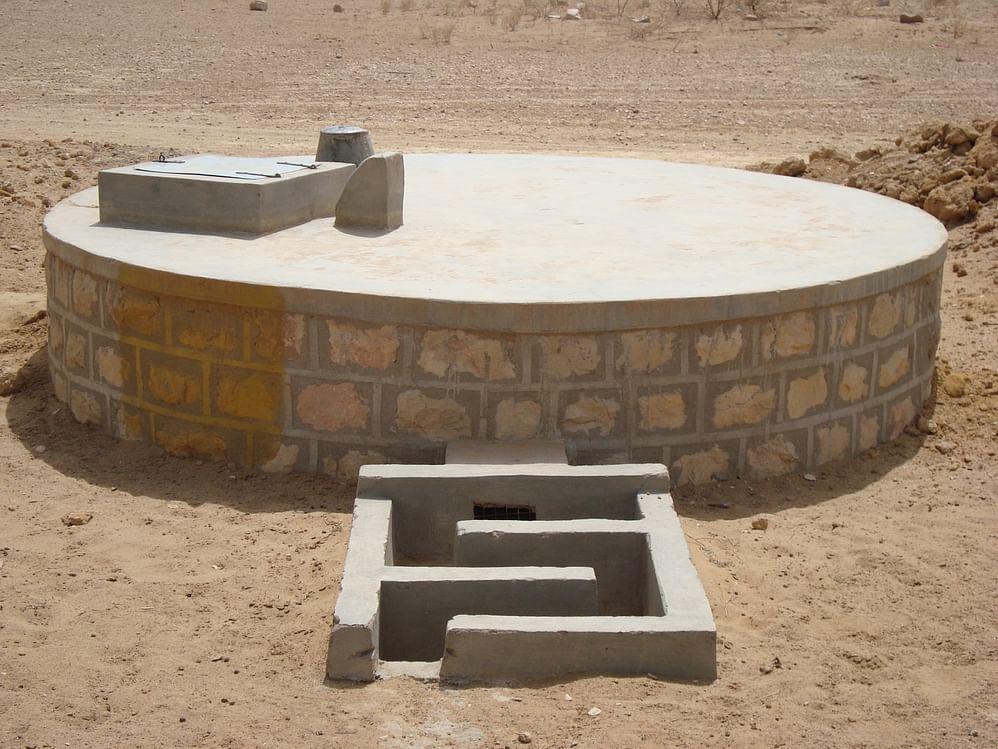
4. Jhalara
Jhalaras are typically rectangular-shaped step wells with three or four tiered sides. The steps were constructed in stages.
Jhalaras were man-made tanks found in Rajasthan and Gujarat that were built to conserve rainwater and ensure an easy and consistent supply of water for religious rites, royal ceremonies, and community use such as bathing and religious rites.
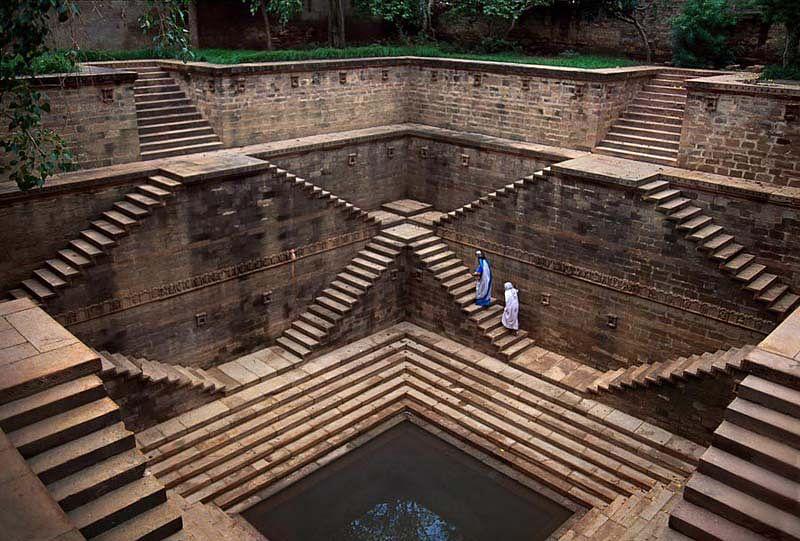
5. Eri (Tamil Nadu)
The Eri (tank) system of Tamil Nadu is one of the oldest water management systems in India. It played several important roles in maintaining ecological harmony as flood-control systems, preventing soil erosion and wastage of runoff during periods of heavy rainfall, and recharging the groundwater in the surrounding areas. Without Eris, paddy cultivation of Tamil Nadu would have been impossible. The Eri system is mostly present in all ancient temples of Tamil Nadu.
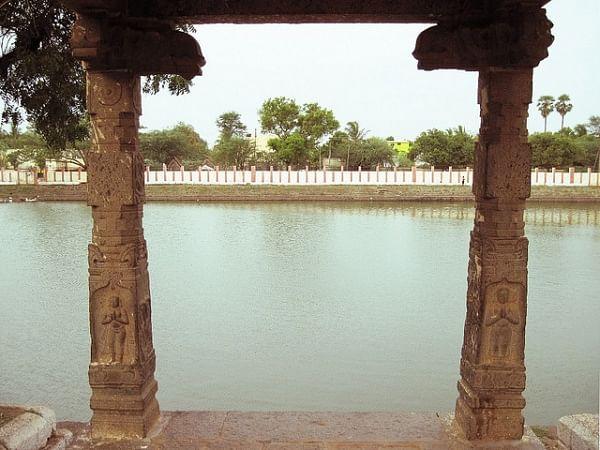
Modern Rainwater Harvesting Techniques
1. Recharging Borewells and Tubewells
Borewells and tubewells are typically recharged by underground water. We can collect water to recharge the borewell by connecting the rain drainage pipe to a filter that leads to the borewell. The borewell water seeps through perforations in the walls and replenishes the ground water. And everyone around you eventually uses that ground water.
2. Rain Barrel
The Rain Barrel is one of the simplest ways to collect rainwater. You simply attach the Rain barrel to the outlet of your rain drainage pipe. There aren't many specifications for a Rain Barrel. We must properly cover the Rain barrel so that it does not serve as a breeding ground for mosquitoes or other insects.
Rain pod – A rainwater harvesting barrel
The Rain Pod allows you to collect rainwater with its unique design and features. It works similarly to a Rain barrel in that the Rain Pod collects water in a large tank and stands taller than a man, reaching to cover a large area around it and sprinkling it with water using nothing but gravity.
Rain Drops - Cheap rainwater harvesting system
The Rain Drops system enables people to attach standard plastic bottles to an existing gutter system that has been installed to drain water from the roof. The water that flows through the gutter is thus collected in the bottles. Once the system is set up with a sufficient number of bottles, it can provide you with water for gardening and even hand washing.
Rainy filters
Rainy Filters is operating from Bangalore to all the states in India and it is the one-pack solution for all the above-mentioned new technologies and methods. It is inexpensive, small, user-friendly, easy to handle, and simple to install. Rainy is a completely indigenous and patent-protected technology for dual-intensity rainwater harvesting filters. It employs roof-top water harvesting method, as well as well-maintained systems and solutions. For groundwater recharge, our innovation employs an injection well outfitted with "V-Wire Screens," which allow for replenishment of the groundwater source.
Rooftop Rainwater Harvesting Filters
Rainy's Dual Intensity filters work at high efficiency regardless of the intensity of rainfall and have self-cleaning abilities. At nominal prices, rainy’s filters are global market leaders in Rooftop Rainwater Harvesting.
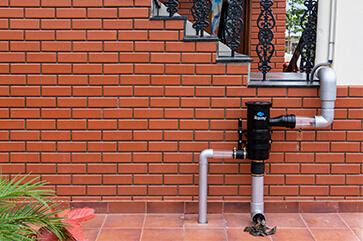
Groundwater Recharging
Rainy has developed a new method of groundwater recharge, called 'V-wire injection well' technology. This allows for the replenishment of the groundwater table, reducing water scarcity.
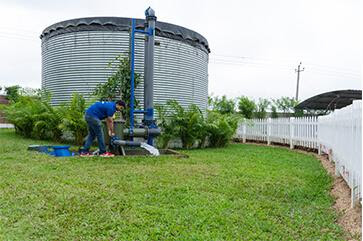
Systems & Solutions
Rainy provides a Custom made solution to suit your building or campus. Rainy’s expert engineers will help from design to execution of end-to-end Rainwater Harvesting solutions for your facility.
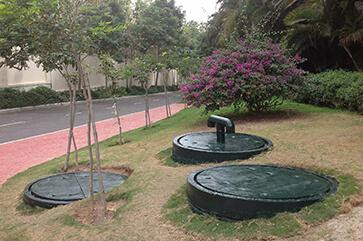
Key Technology & Innovation Highlights of Rainy Filters
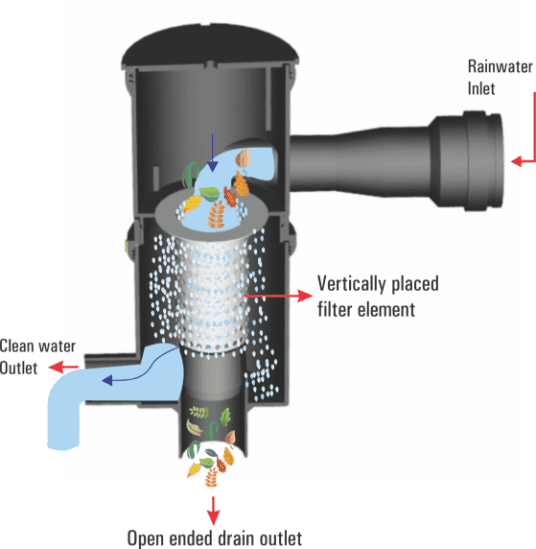
Advantages of Modern Rainwater Harvesting
Harvesting rainwater can reduce erosion around downspouts and in gardens. It can also control stormwater runoff and reduce flooding.
Rainwater doesn’t produce scale and corrosion as hard water does. Rainwater harvesting helps individuals save on their water bills and the cost to supply mains and overall water services can be substantially reduced when many people in one community use rainwater.
Harvested rainwater reduces demand on ground water as rainwater can be stored and then used during times of drought and when the groundwater supplies are increasingly being strained and depleted.
Rainwater is soft and can lessen the need for detergents when washing clothes and dishes. Rainwater can also be used for washing vehicles, bathing, and flushing toilets, and nearly all cleaning that uses water.
Rainwater harvesting can also be used to improve plants and gardens as it is generally free from several types of pollutants and man-made contaminants. Rain is also free from chlorination. Using clean and healthy rainwater for plants and trees can save money on overall property maintenance and landscaping needs.
Disadvantages of Traditional Rainwater Harvesting
Digging deeper wells is not only expensive but can cause environmental damage, such as collapsing the soil where the water used to be. Rainfall is hard to predict, and throughout the year (depending on where you are), you may experience little or no rainfall. This means it’s not recommended to rely solely on rainwater alone for all your water needs.
Depending on the system’s size and the methods used, installing a rainwater harvesting system is expensive and construction techniques and material cost also very expensive. Rainwater harvesting systems necessitate regular maintenance and upkeep because tanks, jhalara, and kunds are larger in area and size in traditional methods. Furthermore, they are vulnerable to rodents, algae growth, and insects.
The barrels or tanks can only hold limited water. So, during a very heavy downpour or storm, and once the catchment is full, the system may not be able to hold all the rainwater. The excess rainwater overflows and then ends up going into drains and rivers anyway.
Certain chemicals, insects, dirt, or animal droppings leach into the reserved water. If you use the harvested water to water your garden, these substances can harm the plants or your lawn. It is critical to keep this in mind when installing a rainwater harvesting system.
Conclusion:
Rainwater harvesting is the most efficient and eco-friendly technique to reduce water scarcity. It is the collection and storage of rain, rather than allowing it to run off and can be used for household works, watering gardens, livestock, irrigation, and domestic uses. Water Harvesting can also reduce Global Warming and improves the hydrological cycle on earth.


